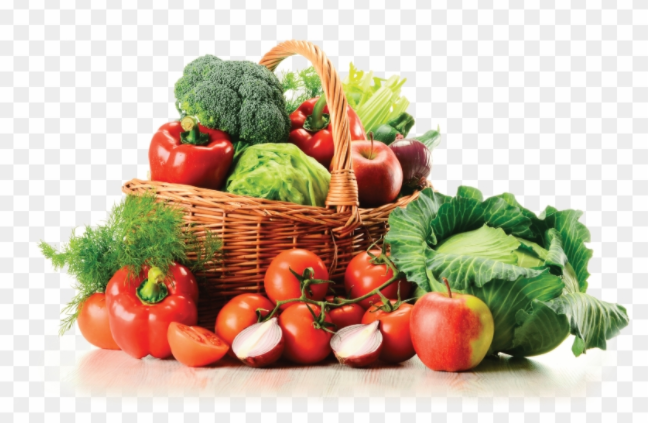What’s all the fuss about a plant based diet? What does it all mean? It means, simply, you replace animal foods in your diet with vegetables, fruit, and other foods made from plants.
There are good reasons to make the switch: You can reverse the risk of disease; lessen the effects of chronic pain; energize your body; even help save the planet one plate at a time.
The ‘switch’ is replacing: The bad for the good, the mundane for the exciting.
Here are 5 easy tips to get you on your way.
1): STARTING OUT
Begin the switch slowly, gradually. Make one meal a day a totally plant based meal. Breakfast is a good start. Then move on to two meals, and so on.
Make a commitment. Remind yourself of the benefits and the reasons why you want to make the switch. Be informed. Understand why plant based foods are healthier than animal foods.
Begin transforming your fridge and panty, replacing the bad – meat, animal fats, salty foods – with the good – fresh fruits and vegetables, vegetable oils, canned or dried legumes.
Remember: Starting out is about replacing one diet for another, and it is a gradual process.
2): FLIPPING THE PLATE
The more meals you convert to plant based you will see a pattern. Remember when your plate was 70% meat and the rest vegetables? Now, you have flipped those figures. The presence of meat on your plate will slowly disappear.
No need to be concerned about getting enough protein. Legumes (beans, peas, and so on) are good sources of protein, as well as seeds, nuts, green leafy vegetables, soy foods and grains.
Choose a variety of plant based foods for your meals and you are on your way to a balanced, nutritious diet.
3): FOCUS ON FLAVOUR
There is no need to give up familiar flavours, favourite tastes. Plant based recipes love to be seasoned and flavour enhanced. Stock your pantry with : plant based oils and spreads, soy sauce, dried fruit, herbs, canned tomatoes and legumes, spices, pasta and potatoes, and so on.
Your fridge and freezer should have long lasting fruit and vegetables, frozen fruit and vegetables, nut milks, plant based cheeses, condiments.
Be wary of products that have a lot of salt.
4): COOKING
Gone should be the practice of cooking your vegetables to mush. Better is fresh, raw, steamed, incorporated into recipes.
A plant based diet involves a good amount of food prepping. A good tip is to set aside time to do this in bulk and freeze for future meals. Grocery stores now conveniently have pre cut, chopped, sliced, minced and grated foods.
Plan out meals. Create a daily/weekly meal plan. Ideas and recipes are becoming more available on the web, in magazines, on television.
Experiment. Choose a variety of colourful, delicious, fresh plant based foods. It won’t take long to reap the rewards.
5): BE INFORMED
It is a good idea to have some knowledge about foods, food labels, and terminology.
The Micronutrients – Vitamins and Minerals – are plentiful in a plant based diet. Supplements are available, and many products are fortified.
The Daily Value, or DV% listed on a Nutrition Facts Label, indicates the recommended daily amount you need for a specific nutrient.
5% or lower is NOT a ‘good source’. 15% or higher IS a ‘good source’.
If you choose processed foods, choose those low in sodium, good for fiber, low for saturated fats, sugars and cholesterol, and good for Vitamins and Minerals.
One serving of a food is generally 1 cup’s worth. The new food pyramid suggests 3 to 6 servings daily of fruits and vegetables.
It is easy to see why there is so much excitement about a plant based diet. You not only meet your recommended daily requirements for micronutrients, there are many other benefits.
You will have: A stronger heart, a healthier brain, more energy, reduced inflammation so less joint and muscle pain, better sleep, weight loss, and a reduced risk of high blood pressure and diabetes.
Your better health is in the food we grow.
You good health is in your hands.
























